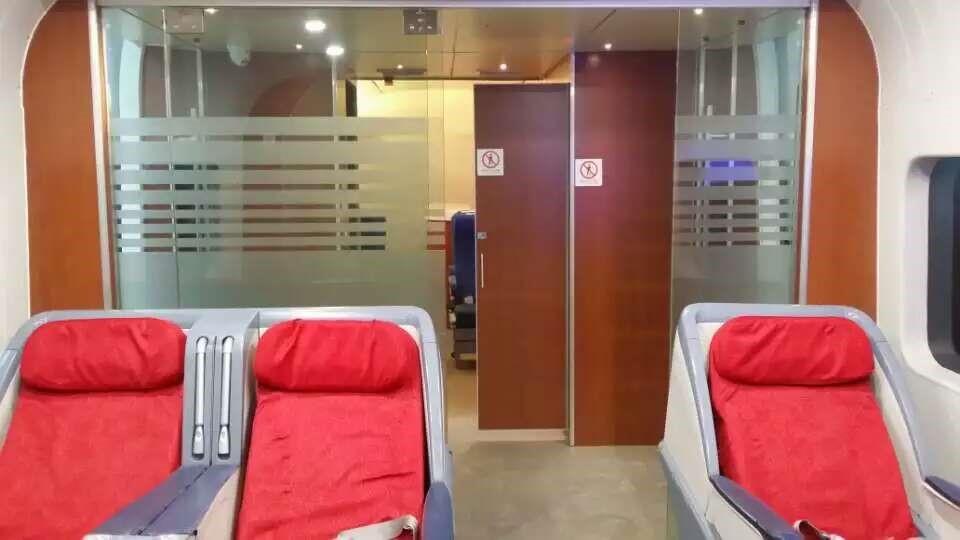Instructions for the use of the Boeing 737 flight attendant training cabin
Boeing 737 Aviationflight attendant training cabin's user guide
This aviation flight attendant service training cabin is used for the training of flight attendants. The training cabin provides a favorable guarantee for students to understand the configuration of passenger aircraft parameters and in-flight service courses. It simulates the environment in the aircraft cabin to provide passengers with the best service, and accurately in emergency situations. Skillfully operate the emergency facilities on the aircraft, and ensure the safety of passengers safely and reliably until the aircraft is evacuated.
Overview: Boeing 737 aviation training cabin is a special facility for training flight attendants to provide services to passengers in the aircraft cabin environment and to guide passengers to evacuate in emergency situations.
The training cabin simulates the real environment of the B737 aircraft, and is used to conduct emergency training for various types of crew members, as well as to train the crew members to help passengers correctly use the onboard emergency equipment when the aircraft is in an emergency state, and to be properly proficient in accordance with the prescribed emergency evacuation procedures. Skills such as emergency opening of various escape exits\/doors of the aircraft, and guiding passengers to quickly evacuate from the cockpit.

1. General layout: The maximum outer dimension of the training cabin is 14.5 meters long, 4 meters wide, 2.6 meters high, and has a dead weight of 8 tons. The bulkhead is welded by the inner and outer edge strips and the web. Complete. The web of the bulkhead is made of A3 steel 85 steel plate, the base of the training cabin is screwed and welded by 10 channel steel and 5 angle steel, and the outer skin of the fuselage is made of high-quality galvanized sheet.
2. Cabin structure: The cabin structure is similar to the aircraft structure, divided into skins, bulkheads, long girders and longitudinal reinforcements. The floor in the cabin is a floor skeleton welded by rectangular tubes, and a composite board is laid on the floor skeleton.
3. Seat setting: There are the following seats in the training cabin: 8 business class passenger seats in the cabin, 36 economy class passenger seats (6 rows) in the cabin, 1 flight attendant seat, and 1 instructor seat (in the control panel). indoor).
4. Cabin doors and windows: The cabin has 2 boarding doors and 2 3D simulation doors; the cabin windows are composed of 2 large observation windows, 15 small cabins, and 2 simulated escape windows.
(1) Cabin door: There are the following cabin doors in the training cabin: IA. Left 1 door (front boarding door); IB. Left 2 doors (rear boarding door); 1C. Right 2 doors Escape window on wing (3D simulation); ID. Right door (3D simulation); IE. Right 2 door (3D simulation).
The service doors on the right side of the training cabin are 3-dimensional doors. From the outside, they have the same appearance as the real aircraft service doors. They also have handles and observation windows, etc., but they do not have any functions and only have stations. Labels and icons are all simulated.
(2) Fuselage windows: All the windows on the right side of the fuselage are made of acrylic plexiglass, which has good light transmission performance and achieves extremely high simulation effect. .
The left side of the fuselage is made of large tempered glass transparent for hot bending, which has the advantages of good lighting, firmness and reliability, and easy teaching.
5. Instructor control room: In addition to the instructor seat, the console will also be equipped with the following control equipment: cabin manager, color monitor, amplifier, microphone, screen splitter, power indicator, main power switch, training cabin Power supply indicator light, intercom system control equipment, lighting control system equivalent to cockpit control function, passenger service control system, etc.

6. Passenger service panel: 4 sets of functional passenger service panels are arranged under the luggage compartment in the cabin, and the passenger service components are formed by composite materials. The reading lights, call bells, etc. can be used as in the aircraft. The lower part of the luggage compartment is installed PSU board, the PSU board can be adjusted and spliced along the length of the fuselage during installation; the first one on the left side of the cabin and the sixth one under the luggage compartment are functional PSUs, all of which have the function of falling off the oxygen mask, as well as reading lights. Air conditioning port, calling bell function; the first and fourth luggage compartments on the right side of the cabin are functional PSUs, and neither has the function of falling off the oxygen mask; 4 groups of functional PSUs, each equipped with 4 oxygen masks, are all aircraft-installed parts. The use of reading lights, the operation of passenger calls, and the adjustable air-conditioning vents are all imitations.
The passenger service panel is equipped with the following functions: passenger call function; reading light operable function; "Do not smoke" and "fasten seat belt" indicators; horn on the service panel.
7. Side wall panel: The side wall panel of the flight attendant service training cabin is also divided into three parts: the front door area side panel, the cabin side panel and the rear door area side panel.
The shape, size and texture of the sidewall panels of the training cabin are consistent with the sidewall panels of the corresponding parts of the B737 aircraft, all using dismantled parts, and the small portholes on the sidewall panels have a real opening and closing function.
There are simulated portholes behind the side wall panels, and the internal porthole glass is made of milky white polypropylene plastic or plexiglass material; the structure is similar to the real aircraft, with movable sun visors, transparent porthole glass and ambient backlight. Corresponding to B737 aircraft Some of the skirting boards are completely made of composite materials.

